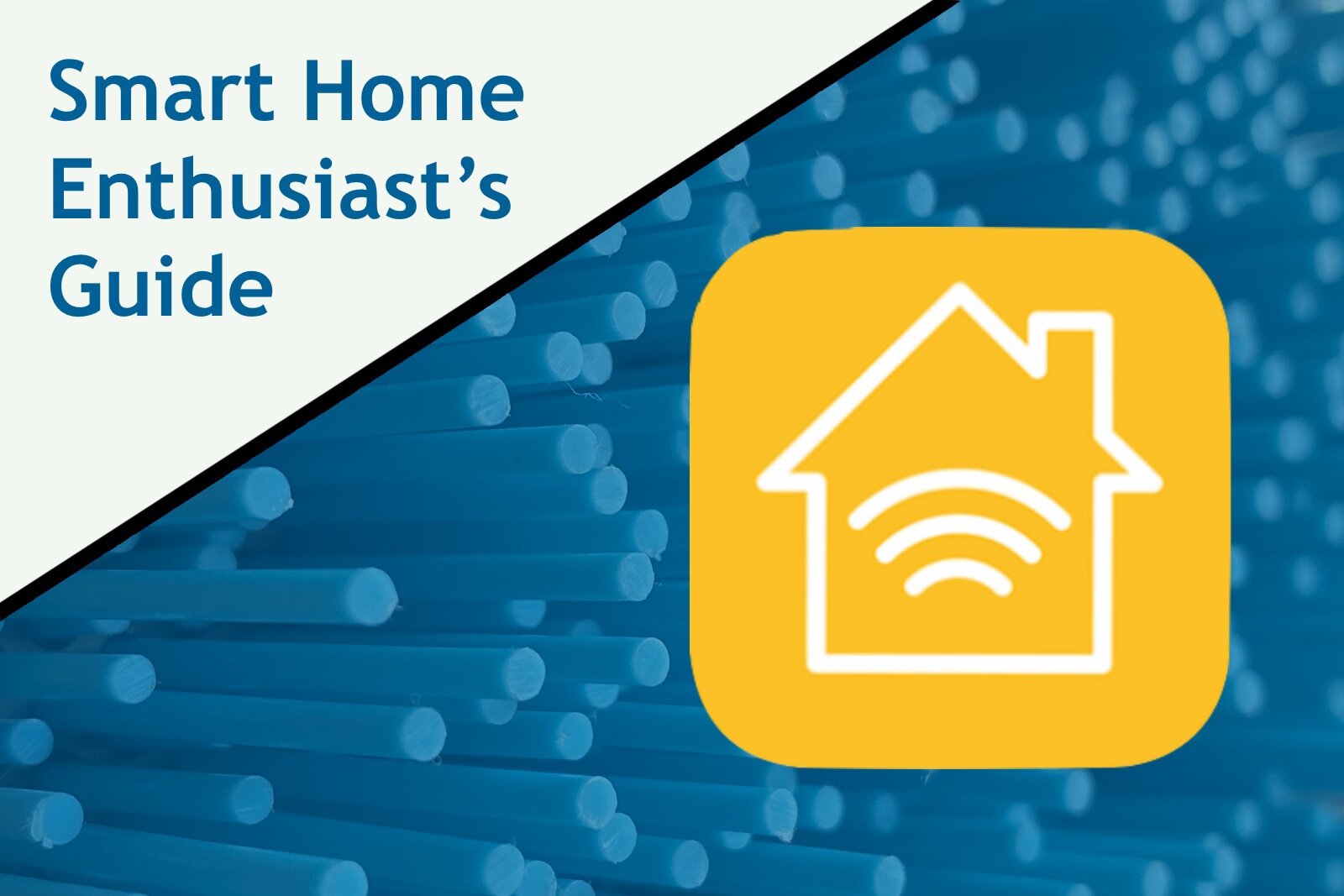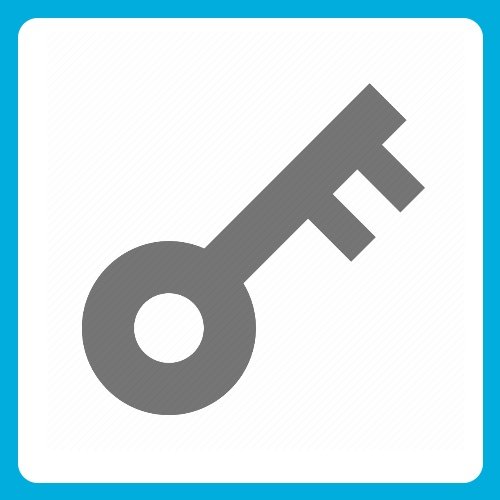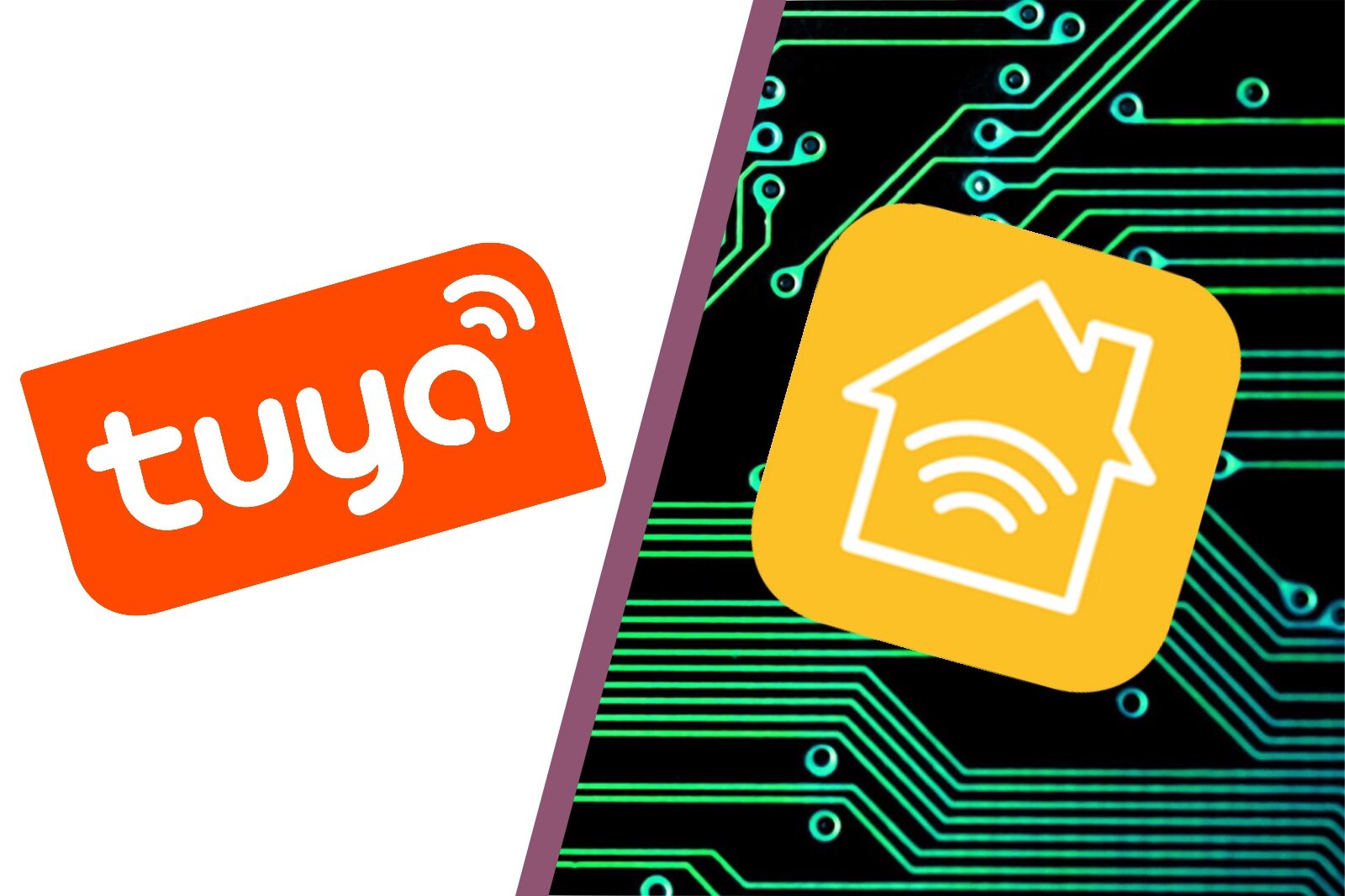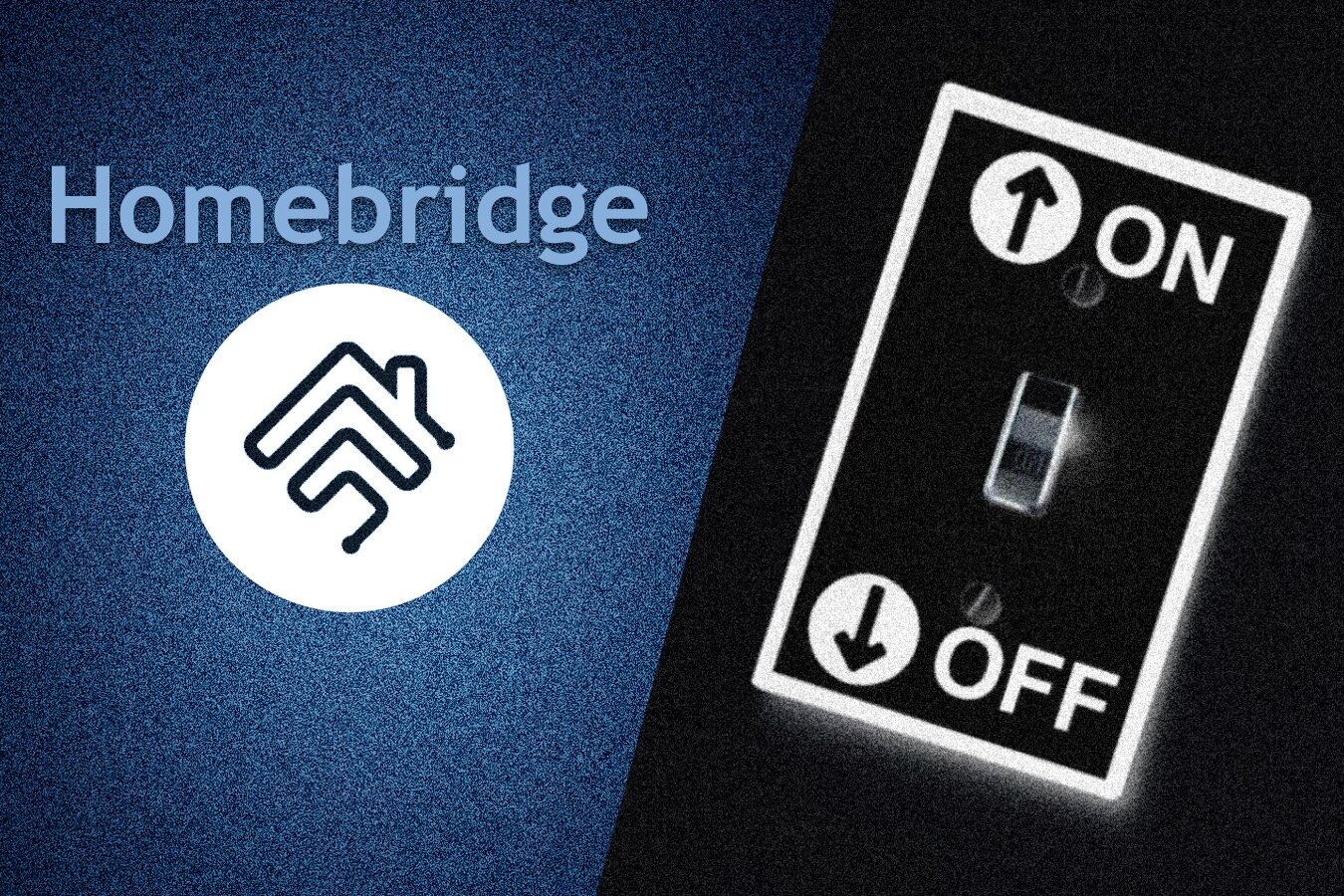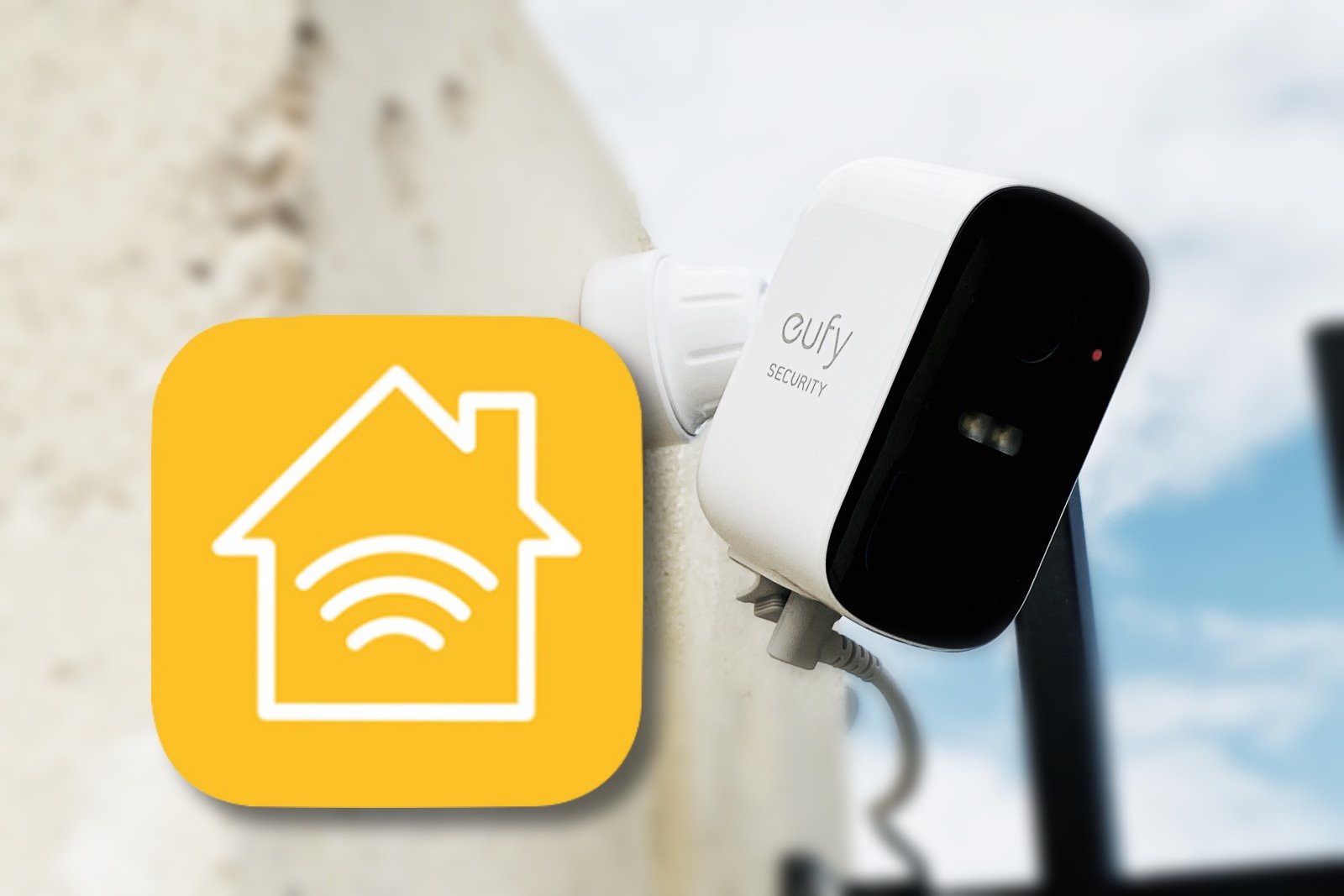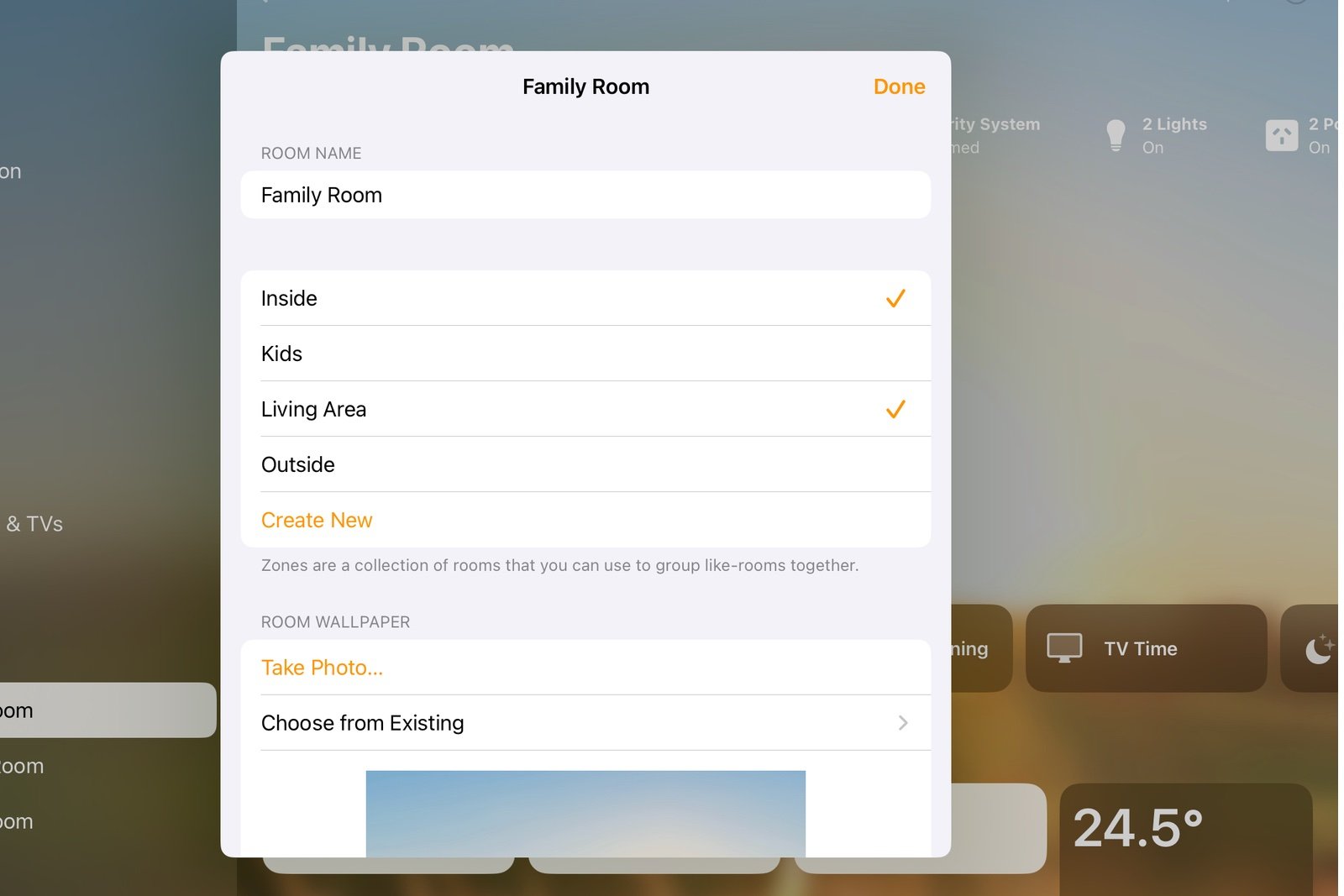
Learn About Apple Home
Apple’s smart home platform is a popular choice for users of Apple’s device ecosystems. Privacy and security focused, it offers a variety of advanced security and automation features. These expert guides will ensure you understand how to get the most out HomeKit, how to integrate with popular brands, and how to use third-party tools to level up your smart home.
Getting Started
How does HomeKit work?
Dig into what makes HomeKit unique, how it works, and what accessory types it supports.
Using notifications
Responsive notifications are a useful element of any smart home. See what the Apple Home app provides and how to use them.
HomeKit accessory naming
Naming your accessories is vital to ensure a seamless, intuitive experience for the whole family.
Learn About HomeKit Features
How To Guides
How to get Siri to talk in automations
Apple doesn’t provide the commands for Siri announcements by default. Here’s how you can work around that.
How to use Tuya devices locally
Tuya devices are cheap and plentiful but rely on the cloud. Here’s how to get local control back.
How to trigger automations with sensors
Using a variety of sensor inputs to drive automations makes your home a lot smarter.
How to setup HOOBS
Homebridge is a super useful tool for any HomeKit power user. HOOBS makes it easy to get started.
How to change Siri’s voice
Language and Voice settings do different things. Explore what they do and how to change them on each device.
How to use Shortcuts in automations
Learn how to use Shortcuts to power up your automations beyond what the Home app allows.
How to create custom notifications
Create more actionable, relevant notifications with these utilities.
How to override automations
Sometimes we don’t want automations to fire. Here’s a way to use conditions to override them.
How to use a dummy switch
The Homebridge dummy switch plugin is a handy workaround for many HomeKit limitations.
How to control ceiling fans
You can use just about any ceiling fan with HomeKit with the right tools. Learn about different fan types and hat you need for each.
How to configure Eufy camera settings
Unpick the confusing clashes between settings to get the best HomeKit performance from your supported Eufy cameras.
How to use groups and zones
Groups and Zones are often overlooked but can add more control and convenience to your voice commands.
Motion controlled lighting
Three methods to set up automated lighting using motion sensors.
How to use Node-RED
Learn how Node-RED can help create integrations with unsupported hardware and services.
How to create toggle switches
Learn how you can turn a button into an on/off toggle switch for lights or other accessories.
How well do you know the Home app?
These 7 handy features are useful for getting the most out of your experience, do you know them all?
Want a dashboard for your Apple Home?
The very cool Homedash app allows you to use a spare Apple device to create a customizable, always-on dashboard to control various aspect of your smart home.
Useful Software For HomeKit
iOS Apps
Eve
Not just a tool for managing Eve devices, but a full featured HomeKit client. Useful for building automations using conditions and attributes not available in the native Home app.
Controller
A power user app for building custom notifications, advanced automation rules and workflows, managing your accessories, and getting more visibility of the technical details of your HomeKit configuration.
Pushcut
An integration tool for connecting HomeKit with third party automation services, building custom notifications and running full shortcuts from within automations.
HomePass
Keep all your HomeKit and Matter pairing codes organized in one place, backed up in iCloud. Never worry about losing those scraps of paper or stickers again.
HomeCam
A powerful camera utility for HomeKit cameras that allows you to view all cameras live at once, or focus on one to access related accessory controls around it.
HomePaper
Ditch the default Home app wallpapers and easily make beautiful custom backgrounds for each room.
Software Solutions
Homebridge
A powerful open-source system that provides HomeKit integration for over 2000 devices, brands, and services that can significantly expand your HomeKit capabilities.
Scrypted
An open-source solution for integrating a wide range of security cameras with HomeKit, including cloud-based systems like Ring and Arlo, and PoE CCTV cameras that utilize RTSP.
“Have a question about your HomeKit automations? Drop me an email and I’ll be happy to offer my guidance.”
Frequently Asked Questions
Why are my Thread devices unresponsive?
See how we’ve been able to clean out the cruft and get Thread working again.
Can you extend Bluetooth for HomeKit?
Learn how HomeKit handles Bluetooth accessories and how to boost range when needed.
Why does Rachio 3 keep not responding?
This issue was never resolved, by we have a reliable fix when it does occur.

